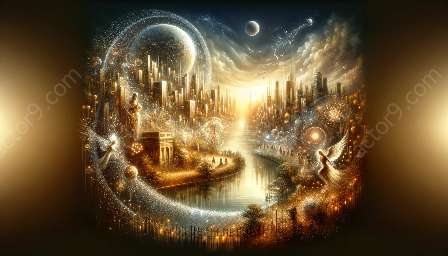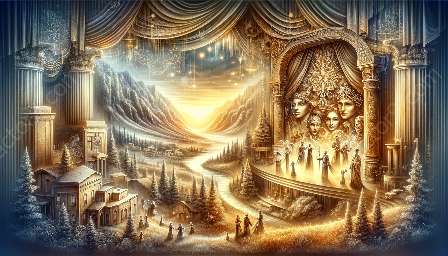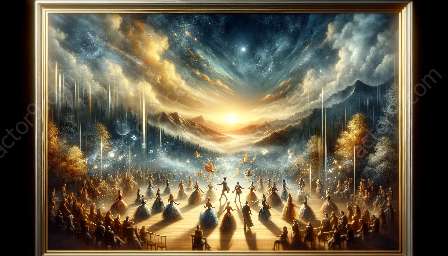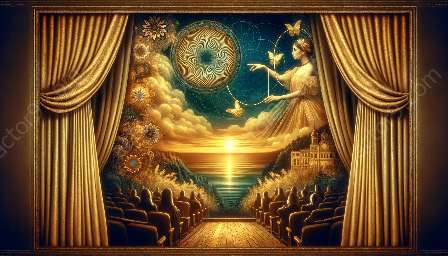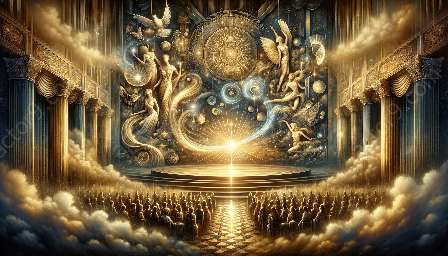Card tricks and manipulations have a long and fascinating history, deeply intertwined with cultural influences from around the world. In the realm of magic and illusion, the art of card tricks reflects the diversity and creativity of different cultures, each contributing unique elements to the practice.
The Origins of Card Tricks and Manipulations
The exact origins of card tricks and manipulations are difficult to pinpoint, as they have evolved over centuries and across various cultures. However, it is widely acknowledged that playing cards themselves have a rich cultural history, with their origins traced back to China during the Tang Dynasty (618-907 AD) and the spread of card games across Asia and Europe.
As playing cards made their way through different regions, they became deeply embedded in the cultural fabric of each society, leading to the development of various card manipulation and magical practices unique to each culture.
Cultural Influences on Card Tricks
When examining the influence of culture on card tricks and manipulations, it's essential to explore how different cultural beliefs, traditions, and practices have shaped the art of magic and illusion involving playing cards. Let's delve into some of the significant cultural influences:
Asian Culture:
Asian cultures have made remarkable contributions to the world of card tricks and manipulations. The intricate hand movements and dexterity involved in many Asian art forms, such as martial arts and dance, have influenced the development of card manipulations techniques. Additionally, the mysticism and spirituality prevalent in Asian cultures have lent an aura of mystery and prestige to certain card tricks.
European Culture:
In Europe, the historical association of playing cards with fortune-telling, tarot reading, and divination has significantly influenced the development of magical performances involving cards. This connection between playing cards and mystical practices has contributed to the creation of card tricks with a focus on prediction and mind-reading, reflecting the cultural beliefs of the region.
African and Latin American Culture:
African and Latin American cultures have integrated elements of music, dance, and storytelling into their magical performances, leading to the development of card tricks that incorporate rhythmic and narrative components. The vibrant and expressive traditions of these cultures have influenced the presentation and theatrical aspects of card manipulations, creating a dynamic and engaging form of magical expression.
The Evolution of Cultural Fusion in Card Magic
As global interactions and exchanges continue to shape the world, the fusion of cultural influences has become increasingly prominent in the world of card magic. Magicians and illusionists from diverse backgrounds are incorporating elements from various cultures into their performances, leading to a rich tapestry of card tricks and manipulations that reflect a global mosaic of influences.
The fusion of cultural elements in card magic not only enhances the art form but also promotes cross-cultural understanding and appreciation. By embracing the diverse cultural influences on card tricks and manipulations, magicians honor the heritage and traditions that have contributed to the enchanting world of magic and illusion.
The Future of Cultural Diversity in Card Magic
Looking ahead, the cultural influences on card tricks and manipulations are poised to continue evolving, driven by ongoing cultural exchange, artistic innovation, and technological advancements. As the boundaries of traditional cultural expressions become more fluid, the art of card magic will continue to reflect the ever-changing tapestry of global cultural influences, captivating and captivating audiences with its dynamic and diverse presentations.
In summary, the cultural influences on card tricks and manipulations have significantly shaped the world of magic and illusion, infusing it with a rich array of traditions, practices, and artistic expressions from around the globe. By understanding and embracing these cultural influences, we gain a deeper appreciation for the enchanting art of card magic and the diverse heritage that underpins its captivating performances.







